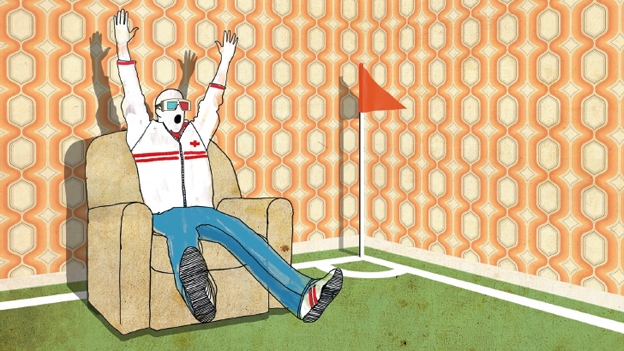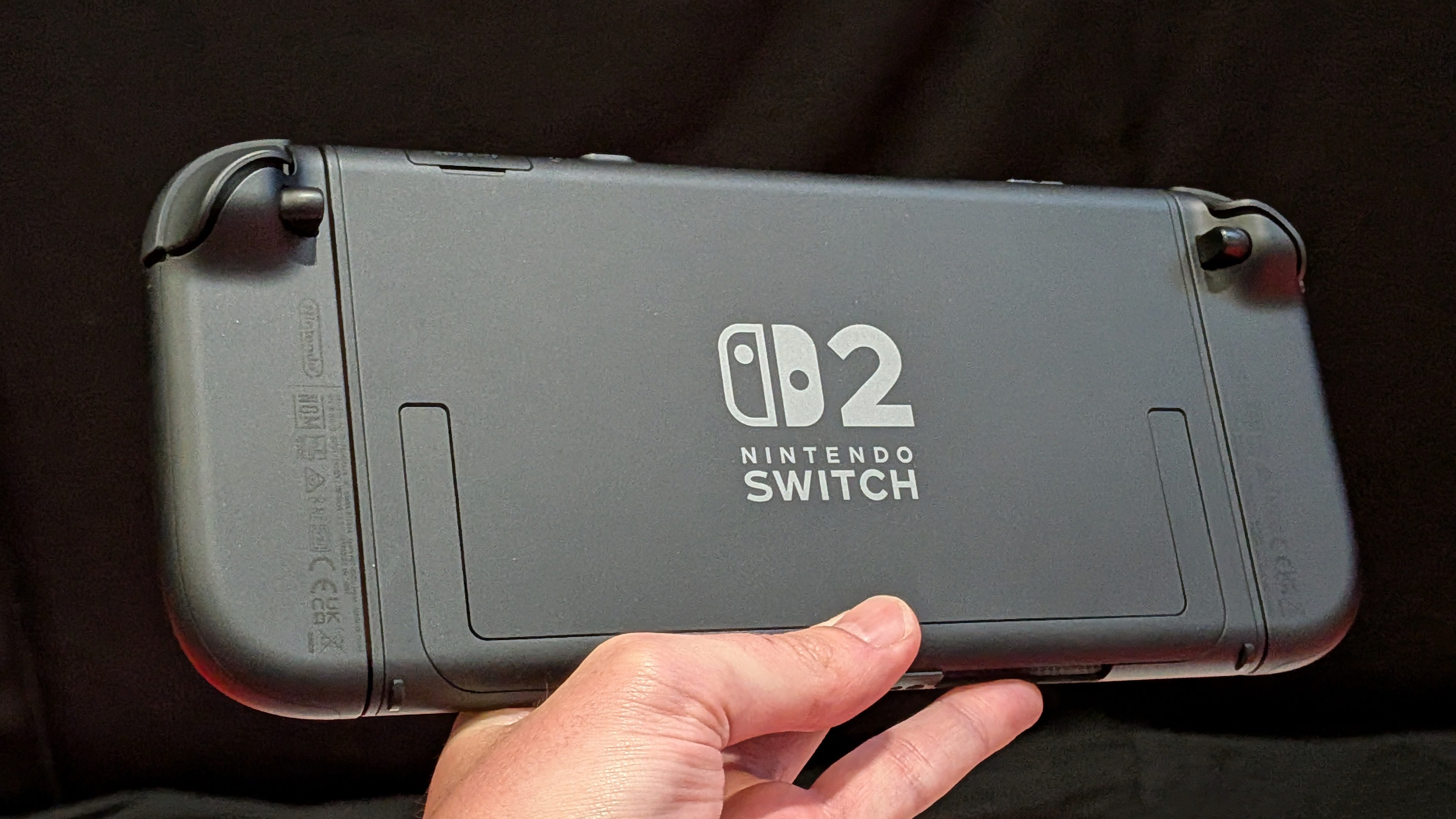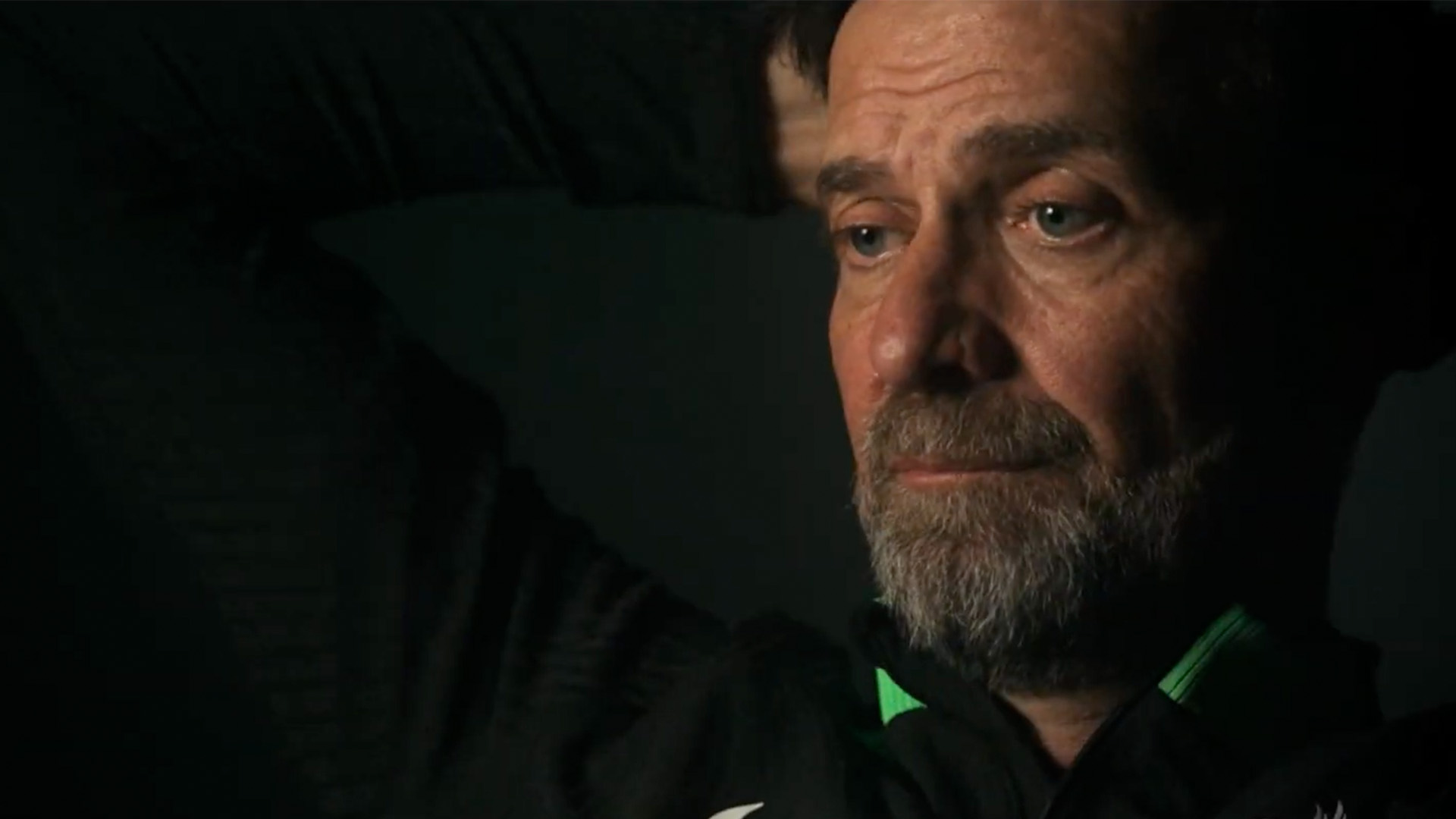
Big sporting occasions and tech have always gone hand in hand; that's why we now have superhumanly incisive analysis, except for when Ian Wright's on.
With the recent introduction of 1000-fps slow motion replays at this years Superbowl, and the BBC announcing that it will show this years Olympic 100m final in 3D, we take a look back at 10 moments when technology changed televised sport for ever.
1. 1936: Olympics televised
The 1936 Summer Olympics in Berlin were the first games to be televised, but that was only to local audiences; it was the 1956 Cortina d'Ampezzo Winter Olympics which were the first to be broadcast internationally. And another tradition began that year: Team GB won no medals.
2. 1954: World cup televised
The World Cup was first televised in 1954, and West Germany inevitably won, beating Hungary 3-2. Fritz Walter was the first captain to hoist aloft the Jules Rimet live on TV. Now, 56 years on, the World Cup is the world's most widely viewed sporting event, with a ninth of the planet due to tune into this year's final.
3. 1963: First instant replay
Sign up to the T3 newsletter for smarter living straight to your inbox
Get all the latest news, reviews, deals and buying guides on gorgeous tech, home and active products from the T3 experts
The first instant video replay was used by CBS during America's annual Army-Navy college football game. After numerous technical hitches, the only replay broadcast was the winning touchdown. Rival broadcasters ABC invented the slow-motion replay shortly after.
4. 1969: Snooker in colour
“For those watching in black and white, the pink ball is just to the left of the blue.” Well that didn't quite work, but when David Attenborough, then the controller of BBC2, commissioned the Pot Black snooker tournament in 1969, the balls and baize perfectly demonstrated the power of colour TV.
5. 1985: F1 Driver cams
The 1985 German Grand Prix saw the first live on-board camera attached to Francois Hesnault's Renault. These days, all F1 cars must be fitted with at least five camera housings, including one essential camera mounted on top of the air box immediately behind the driver's head.
6. 1992: Scorelines added
In 1992 Sky was assigned the rights to Premier League football. The broadcaster opted to take the revolutionary measure of adding a live clock and scoreline to the top of the screen. Hundreds of people complained that it “ruined the game”.
7. 1992: Stump cameras
First used in the 1992 Cricket World Cup in Australia, a stump-cam is aligned vertically in one or more of the vertical stumps and records its wicket's-eye-view through a small window on the side of the stump via a mirror.
8. 1999: Interactive matches
Interactive content was premiered during the 1999 Arsenal vs Man Utd match. Sky Digital viewers were invited to push the red button to pick their favourite camera angle, view extra statistics, watch highlights or even place bets.
9. 2001: Hawk-eye
First used by Channel 4 during a Test between England and Pakistan at Lord's in 2001, Hawk- Eye cameras accurately track the trajectory and speed of balls in flight. In 2007 Hawk-Eye graced Wimbledon's courts for the first time, meaning the end of ugly, McEnroe-style line-call disputes.
10. 2010: UK's first publicly shown live 3D Premiership match
On January 31 2001, tech-savvy football fans – and T3 – packed into nine pubs across London, Manchester, Cardiff, Edinburgh and Dublin to watch Man United stuff Arsenal 3-1 in 3D. Sky Sports used separate commentary, camera and production teams to create this most futuristic of pub-based sporting spectaculars. Cheersh!


